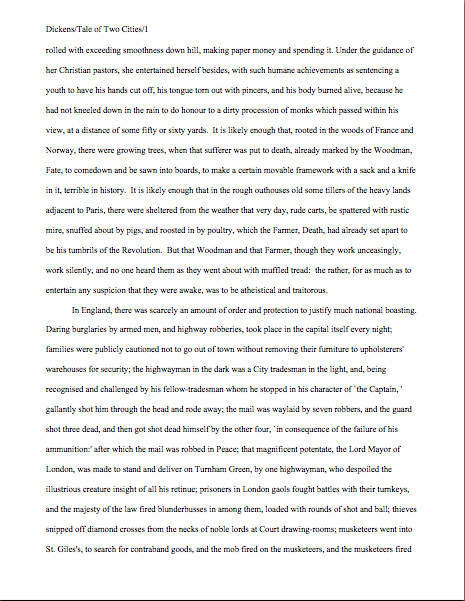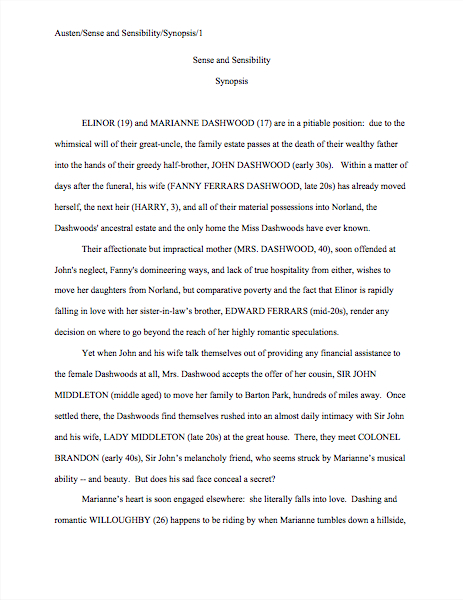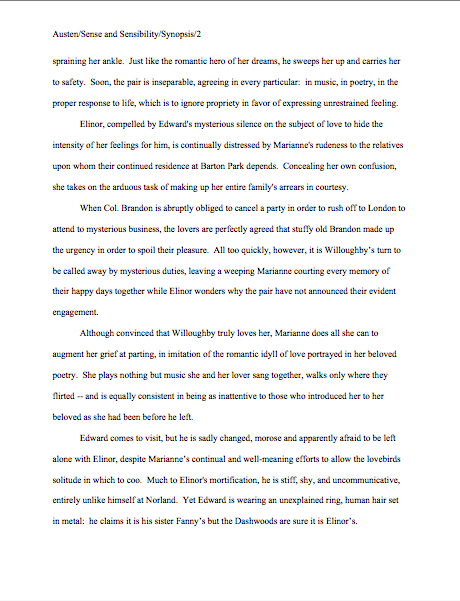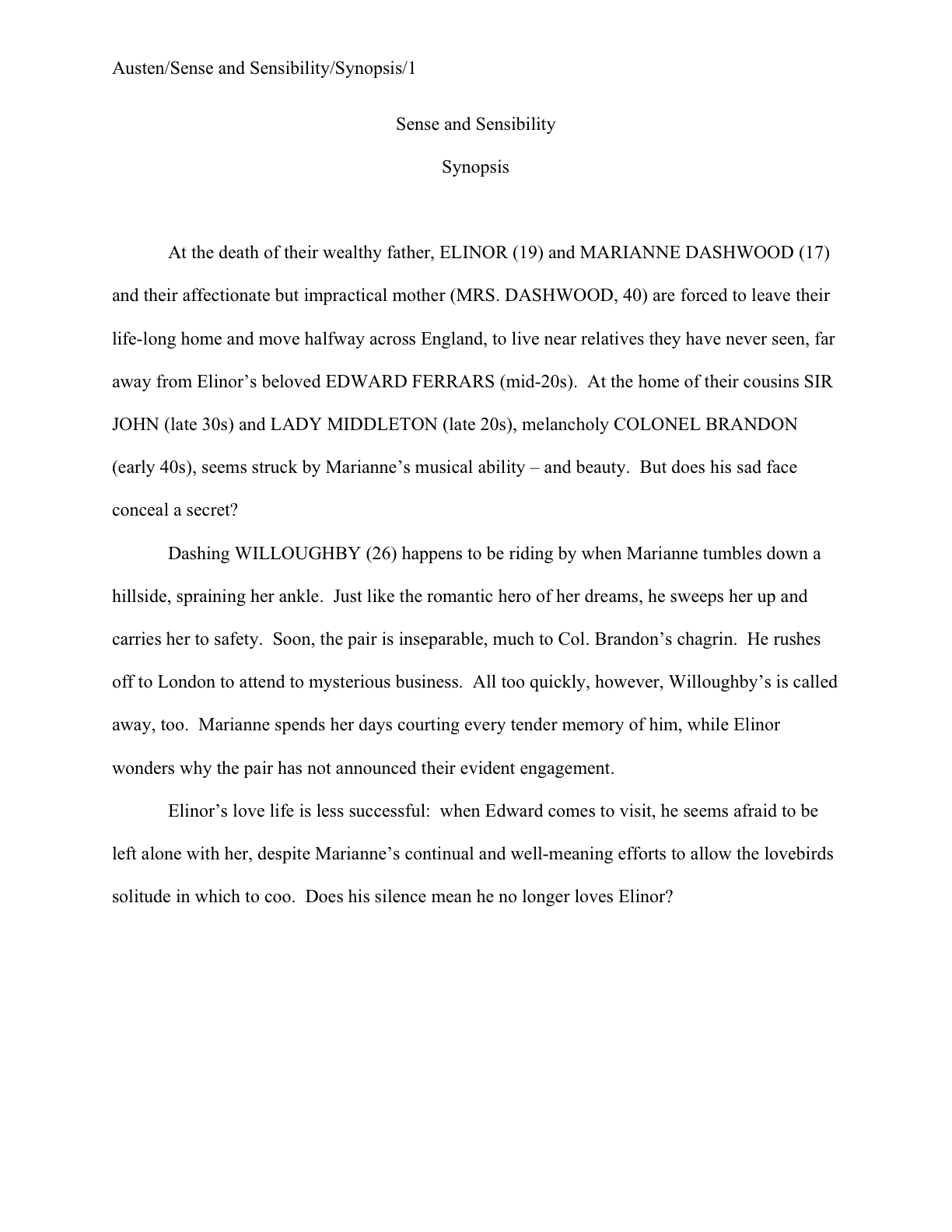Looks like the aftermath of a major flood in Mouseville, doesn’t it? When I first caught sight of the scene, I instinctively glanced about to check if Anderson Cooper were reporting nearby, wet to the knees and disapproving.
Apparently, I am the mayor of poor, flooded Mouseville, because I took this picture about a foot and a half from where I am now sitting, inside my house. I came by the position honestly, I assure you: after my tirade the other day about the vital importance of good lighting in a midwinter writing space, the proverbial bee seems to have remained in my bonnet, buzzily nagging — nay, demanding — that I move my studio to the brightest room in the house in genteel protest of the notorious darkness of a Seattle winter and the news in the last few issues of Publishers Weekly.
As the far and away the brightest room in our house is also the biggest, the living room/library (so designated to differentiate it from the bedroom/library, kitchen/library, laundry room/library, etc.; see yesterday’s comment about serious writers always owning more books than shelves to house them), I was anticipating having to lobby my SO for the rest of the year to pull this off — by which time, of course, the darkest part of the year would be beginning to recede. However, in an odd twist that would be absolutely implausible in a novel, the very seasonal darkness of which I had been complaining abruptly made my case for me: my SO saw some doubtless light-craving soul jump off one of our region’s less lovely bridges the other day.
He’s been busily rearranging furniture in the ex-living room/library ever since. Heck, he even made an unprompted trip to Ikea for another bookshelf.
Fortunately, unlike most bits of real-life melodrama that don’t seem real on the page, the story of the jumper has ending rather an ancient Greek tragedy, complete with deus ex machina: at the particular moment the hapless jumper chose to end it all on that distinctly unpretty bridge (as opposed to the far more popular choice of suicidal aesthetes on the other side of town), an unoccupied ambulance happened to be trying to merge into the traffic jam on the bridge. If he had jumped directly into the ambulance, rather than off the bridge first, he probably would have been happier in the long run, but still, I hope that he will someday be grateful that King County evidently had the foresight to hire at least one psychic ambulance driver.
Just another service brought to you by the local New Age ordinances, presumably; we must have them. My proof: in yet another development that would make any hardened novel or memoir-reader snort with derision, I saw in the newspaper the other day that many Seattle City Council meetings open with a poetry reading.
If you have seen the poetry local government sees fit to post on buses, you are probably already trembling for democracy. Still, it’s kind of great to live in a town so stuffed to the gills with poets that there is actual competition over who gets appointed to be this month’s official City Poetry Curator.
In anticipation of a shiny new bookcase and the dislocation of my desk, my SO and I were gruntingly shifting the God-awful 1950s dresser his sainted grandmother had seen fit to bequeath to us. Until now, sentimental recollections had gilded the sublime hideousness of its multicolored veneer: Granny used to store her beloved Bible and handgun side-by-side in it.
A fact I discovered inadvertently years ago while helping her move, in case you’re curious. I had thought the revolver was a toy, the property of one of the grandchildren playing in the next room, until I picked it up — and realized that it was both real and loaded. Evidently, the phrase gun safe had never sullied Granny’s ears until I uttered them that day. If the words Communist plot featured prominently in her reply, well, far be it from me to speak ill of the dead.
Suffice it to say that before this enlightening discussion had unfolded far, I got the kids out of there, pronto.
For a variety of reasons, then, this particular dresser had slumbered for years under an embroidered tablecloth a globe-trotting friend had been kind enough to send me from Bangladesh shortly after Granny’s death, never moved and seldom even having its drawers opened. The discovery that our cats had been using it as a sarcophagus for the much-chewed remains of their furry toys thus seemed eerily appropriate.
For hours after we unearthed this mousy Valley of the Kings, the kitties prowled around protectively, snarling at us when we tried to discard the most decomposed of them. Clearly, that dresser had a preoccupation with death, and who can blame it, after the life it’s led?
I’m happy to say that it is no longer in the house — and that I have both a sunnier place to work and slightly more storage space for my books.
Speaking of which, last time, I was touting the virtues of getting into the habit of reading every (or as close to every as possible) first book published in your book category this year…and next year, and the year after that. Not only will adherence to this sterling practice give an aspiring writer a very solid sense of how editors and agents conceive of the category — thus rendering it easier to tell whether one’s work genuinely falls within it, a question that plagues many genre-crossers — but it will help develop a sense of one’s target readership as well.
Perhaps the lingering billows of dust from all that furniture moving have temporarily clogged my psychic antennae, but somehow, I felt that this sterling argument left some of you unconvinced yesterday. So I’m going to spend today elaborating.
Sometimes the Furtive Non-Denominational Gift-Giver requires more cajoling than others.
Reading the entire literary output of new authors in a particular subsection of the market may seem like a gargantuan task to some of you, but most of you have no serious reason for trepidation: the majority of book categories actually sport relatively few first-time authors in any year’s harvest of publications.
Yes, Virginia, even in the fairly large categories.
Let me share a deep, dark secret from my past: back in my thankfully long ago agent-seeking days, I made a practice of reading every first literary or mainstream novel written by an American woman under 40 published by a major US publishing house each year. Care to guess how long that took?
I wish I could report that it was a full-time job, but in truth, it wasn’t all that time-consuming. There were few years where more then 25 books answered that description; one year, there were only 7, counting new Canadian female authors. And those 7 were represented by only 3 agencies, I discovered.
Guess whom I queried the instant I uncovered THAT unsavory little fact?
The realization could have made me despair — but instead, it convinced me to sit down and take a good, hard look at the novel I was shopping around, to see if there was any way that I could legitimately make it appeal to readers of more book categories, because that opened up so many more querying possibilities. And sure enough, after I had taken most of the semicolons out of the text and readjusted the thought/action ratio a little, I found that my novel was about equally welcome to agents who represented adult fiction, women’s fiction, and literary fiction — which makes some sense, as there is considerable overlap amongst the readers of all three.
Heck, literary fiction aimed at women is considered downright redundant in some circles of the industry, since college-educated women form about 90% of literary fiction buyers.
And yet the burly writings of Phillip Roth continue to sell well. Yet another cosmic mystery. As that marketing genius Jacqueline Susann once said, “I think Phillip Roth is a great writer. But I wouldn’t want to shake his hand.” (Had I mentioned that I dug up far, far more quotes yesterday than I could ever hope to work into a single post?)
Unless a writer became awfully darned familiar with the book market, how is s/he to know that a book category filled with so many prominent male authors boasts such a largely female readership? Or that literary fiction by women featuring female protagonists is often marketed not as literary fiction, a comparatively tiny market, but as what agents like to call women’s fiction with a literary voice because the women’s fiction market is so huge?
Quoth Queen Marie Leckzinska, wife of Louis XV: “To live in peace with socieity, you must open your eyes to the qualities that are pleasing and close them to to the ludicrous and eccentric that are offensive.”
Hey, she said it; I didn’t.
Following the ever-changing boundaries of one’s chosen book category is only one of the many benefits of reading all of the first-time authors within it, of course. It’s substantially easier to produce something fresh if you know what agents and editors who represent your kind of book have been reading over the past couple of years. How about learning the current conventions of one’s genre, what’s now considered de rigeur and what’s now passé?
While you’re out snooping, why not do some research on what kind of voice have been selling of late, and which eschewed as old-fashioned? Are the Point-of-View Nazis enjoying a resurgence in your selected category, or have they fallen out of fashion? How long are first books in that category these days?
I hesitate to mention length, because it tends to be a sore spot with many aspiring writers. Don’t believe me? Okay, the next time you find yourself at an agents’ or editors’ forum at a conference, stand up and ask how many pages is too long for a submission. Even if the pros are very kind in expressing the answer, the subsequent depression amongst half the audience will be palpable — and most of the time, the writer grumbling in the row behind you will not be muttering that the limits are too high.
In answer to that inquisitive whimper I just heard out in the ether and the giant unshouted question that I suspect underlies it, the long answer is that I’ve written at length on this subject under the BOOK LENGTH category on the list on the right-hand side of this page.
The short answer: in general, 65,000 – 100,000 words — estimated, not actual — or 260 – 400 pages in standard format, is considered roughly normal for a first book. (If you don’t know how or why to estimate a word count, please see the WORD COUNT category on the list at right. If you’re unfamiliar with the restrictions of standard format for manuscripts, please see MANUSCRIPT FORMATTING 101 or STANDARD FORMAT ILLUSTRATED.)
To forestall any imminent heart problems out there, let me hasten to add that length expectations do vary quite a bit by category, genre, and even subgenre. Checking how long first books like yours are lately can save you a whole lot of uncertainty at revision time.
Am I hearing some long-suffering sighs out there? I know; that was a lot of heavy information to toss at you in a single post at the height of holiday season. I have more to say on this subject, but I’m going to sign off for today, to give you some time to digest all of this — or, for those of you whom I have already convinced of the value of stocking up on new works by first-time authors in your area, to scurry off to make a wish list for your FNDGG.
To lighten your hearts a bit before I go, let me just take a second to add: as Francis Bacon wrote so long ago, knowledge is power. In few areas of life is this as true as often as during the querying and submission stages of a writer’s career — because as painful as it may be to accept, scads of queries are rejected on sight because the book is miscategorized or sent to an agent who doesn’t represent that type of book; literally tons of manuscripts are rejected every year because they seem dated or repeat something that’s been done before or are just too long or short by current standards.
How can knowing all that make you more powerful in a situation that often seems arbitrary to aspiring writers? By spurring you to learn about the category in which you are writing, so you may market your work and revise it more effectively. That’s knowledge that can genuinely help you reduce your manuscript’s chances of rejection.
A bit depressing? Perhaps. Time-consuming? Definitely. It’s not for nothing that Lawrence Kasden said, “Being a writer is like having homework every night for the rest of your life.”
But isn’t your writing’s success worth it?
More thoughts on this subject follow tomorrow. In the meantime, keep up the good work!
Keep up the good work!































